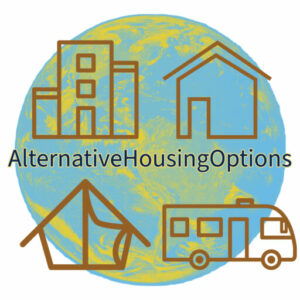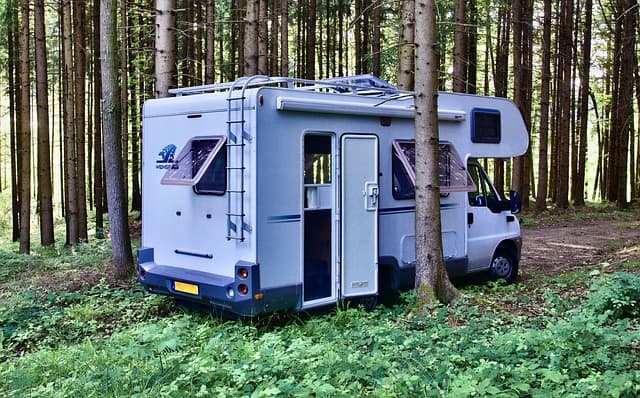We took a poll, and this is what we’ve found.
The pull toward alternative housing can be powerful for people. They may be fed up with their financial situation and want a cheaper place to live; they may desire more privacy and freedom over their current home. Whatever the case, we found some who love their alternative home and others who would instead go back to an apartment or stick-built home. Let’s dive into the poll answers on a 1-5 scale.

Schoolie
A schoolie is a bus converted into a mix of a camper/RV/ tiny house. In this poll, the responses were that the Schoolie was initially chosen to save money. However, there were many hidden costs. They forgot about insurance, gas, parking, dumping waste, maintenance, lack of storage, and city regulations.
Respondents rated this lifestyle a one due to the overall costs, maintenance issues, and lack of privacy.
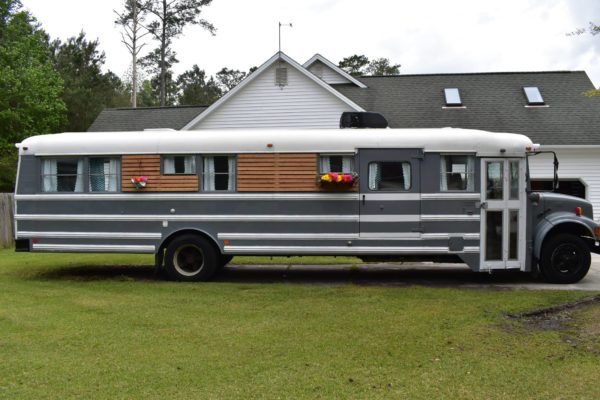
Yurt or tent
A yurt is a nomadic type of tent home that can be assembled and disassembled for travel. It is a heavy-duty material that can withstand all kinds of weather. At least, that is what the nomadic peoples used to use them for; now, they are more of a tent.
Overall the responses for a yurt were not great at a two rating. The main cons were constant bug infestations, nothing stayed dry, and when it was windy, the yurt was loud. However, on the plus side, because they got it secondhand, housing itself was free. Would you be able to live in a wet, bug-filled tent if it was free? Maybe.
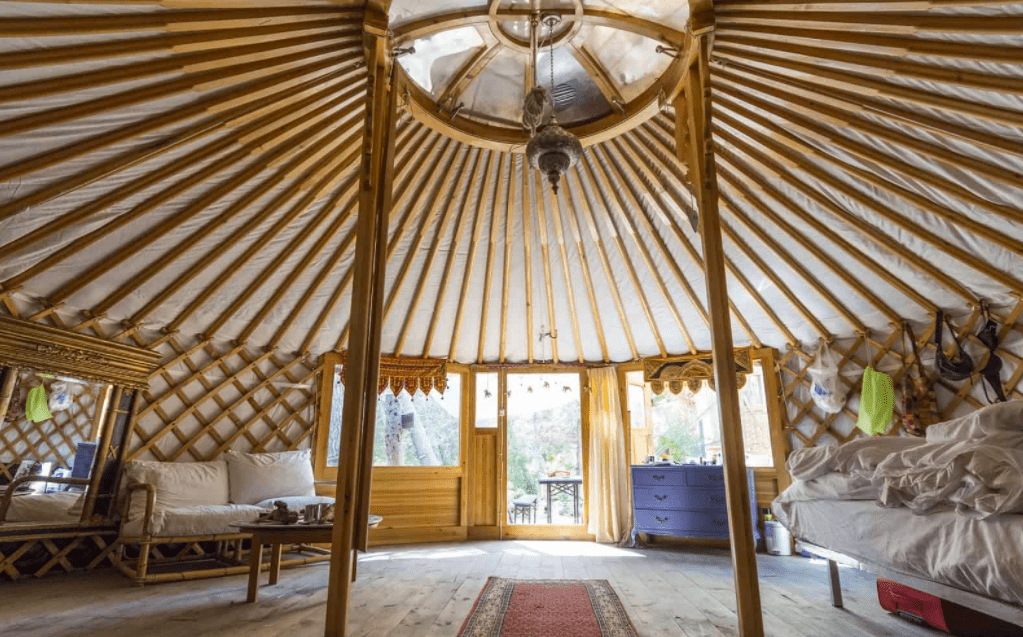
Living in a car
While this is what most people and police departments consider homeless, it is allowed if you park in an approved area. Our responses for living in a car were due to moving to a new area and being unable to find affordable housing. This can be hard, especially if the overall cost of living is much higher than where you moved from.
The respondents rated the lifestyle as a 2, not completely horrible. Rising gas prices were the main con. The main pro was getting more sleep because they were not staying up using a computer all night.
Manufactured home
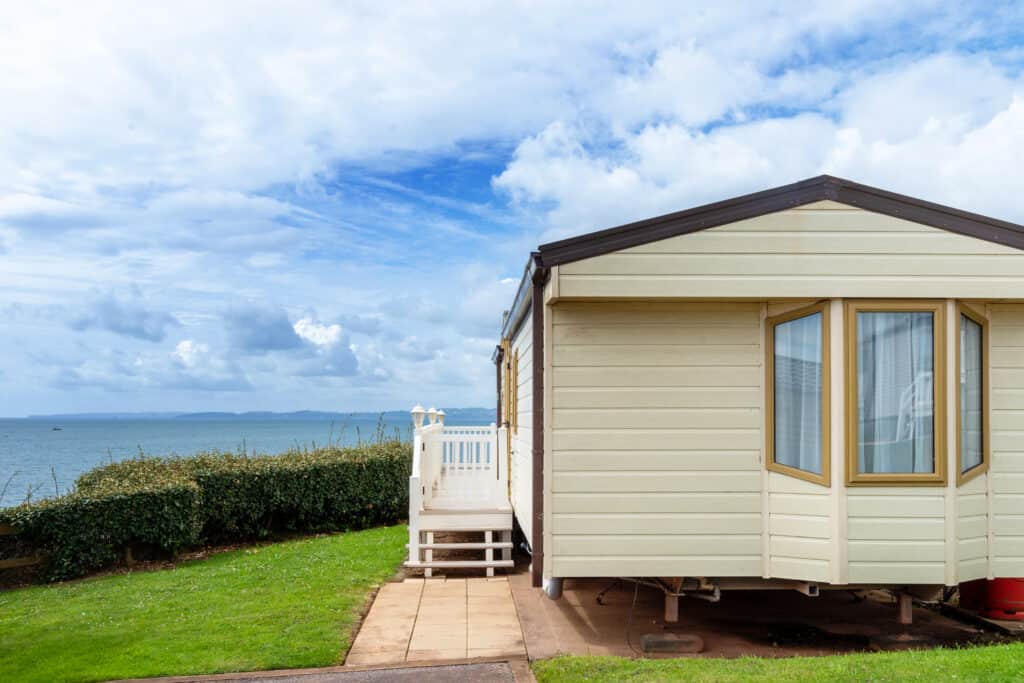
A manufactured home can be a prefabricated house similar to any home built in a factory and then installed on the building site. They can also be mobile homes similar to RVs and campers but built to withstand any weather.
Our respondents love their manufactured homes and rated them a five. They made customizations during the build and have plenty of space at 2000 sq. ft. Overall, they saved money over building a traditional stick-built home.
The main con is that the land can be hard to find for an affordable price. After living in a manufactured home for years, some respondents found them hard to sell because buyers could not get a mortgage. Once you do find land, you may need to pay to have the utilities and public services like sewer brought in.
Earthship

An Earthship is built out of the earth and a mix of recycled and reclaimed items, with energy-efficient and sustainable products for electricity, water, heat, cooling, and waste removal. The pros are that the building costs are reasonable because they are building or building it themselves. They also have energy-efficient products like solar panels and water collection systems which save them money. Overall our respondents liked the Earthship as much as any house, right in the middle of the range at a 3.
According to the poll, the most significant con of the Earthship is that they take a lot of time to build.
Recreational Vehicle (RV)

RVs have been around for a long time; we wrote extensively about them in another article. The allure for most people is to be able to travel to the United States and bring their home with them. Those who responded to the poll love the RV lifestyle with a rating of 5. They don’t do it to save money but find they spend less because they have no room for storage, so they don’t buy things. The most significant con is that gas can be costly. Finding approved parking and a waste dump facility can also be challenging.
Cooperative Living (Co-op)

A co-op can be a living space you buy into, like a condo, but you rent your room instead of the whole space. You share it with your roommates and often have house requirements to follow. Some people love the co-op lifestyle as they are in many major cities. However, co-op living may not be for everyone. The poll responses were not in favor of this lifestyle. They didn’t like always being around people and needed more privacy.
The major pro was that they rented a room for cheap, $275 a month, helping them save for a house. While roommates may sound like a considerable disadvantage, if you can save toward your own home by living that cheaply in 2022, it sounds like a winner to us.
VanCamper

Van campers are similar to other traveling homes like an RV, converted truck, schoolie, or camper. They are just much smaller. A van camper can be a great way to travel and have outdoor adventures, which the poll respondents loved about their lifestyle. They could save a lot of money by traveling and doing their favorite activities, like skiing and kayaking.
The significant cons with a van camper are similar to other traveling homes, the gas, parking, and food costs. Many would travel at night when it was coldest, so the heat was running, sleeping during part of the day, and hitting up a coffee shop or restaurant to stay warm if the weather was terrible.
This lifestyle seemed to work well for those who traveled for work but overall, the rating was a 2.
Accessory Dwelling Unit (ADU)

An ADU doesn’t sound very cool, but you can make a great tiny home out of a converted garage or build a mother-in-law suite or one-bedroom cabin in the backyard.
The ADU is a small additional living quarter in the primary residence’s yard. In many areas, they can only be used for the family to rent or occupy. In specific locations, they can be rented out. The poll respondents were renting a converted garage and were not enjoying the lifestyle.
It is similar to a tiny house at 350 sq. ft. but has no laundry or dishwasher. Storage was also very sparse. It is hard to keep clean because two adults and a large dog share it. The significant advantage is that it is cheap to rent at $500 a month and allows them to save for a home.
Strawbale home

Strawbale homes are unique because the walls become very thick, you can customize the space by adding more bales to an area, and with extra support from rebar or wood, they are durable and sturdy. Strawbale homes have excellent insulation and very little upkeep.
The poll respondents loved their strawbale homes. They are well insulated and have good air quality and very little maintenance. However, over time, the outside stucco may have some cracks to fill.
Shipping container

You can also be creative in your build. Shipping containers turned into tiny homes or combined to make larger homes have been all the rage. They can be purchased relatively inexpensively compared to buying a home. However, getting permits for the home you want to build is the main con.
Our respondents love their shipping container home. They found reasonably priced land, which is a key to keeping the costs low. However, their local housing department is giving them a hard time with permitting. Other respondents built a shipping container cabin which started very cost-effective. They have lived there for a few years now and have added on to include a few extra niceties like a deck, plumbing, and sewer instead of composting toilets and self-containing sinks. Power is mainly solar with generator backup, but it works well for them.
As you can see from our poll, the alternative housing lifestyle is not for everyone. You may be able to adapt or, eventually, build a different type of alternative home. Land and whether local building authorities will work with you seem to be the most significant obstacles holding people back from living in their dream homes. To check out other types of alternative housing, visit our article. 25 Alternative Housing ideas to Fit Your Lifestyle.
